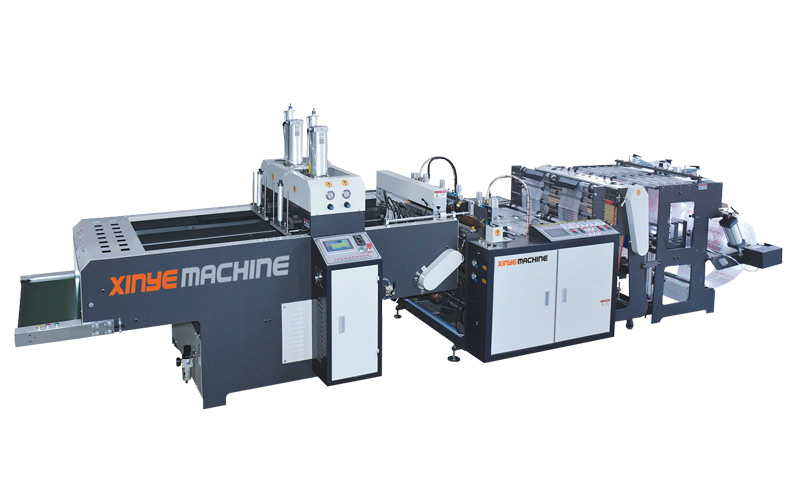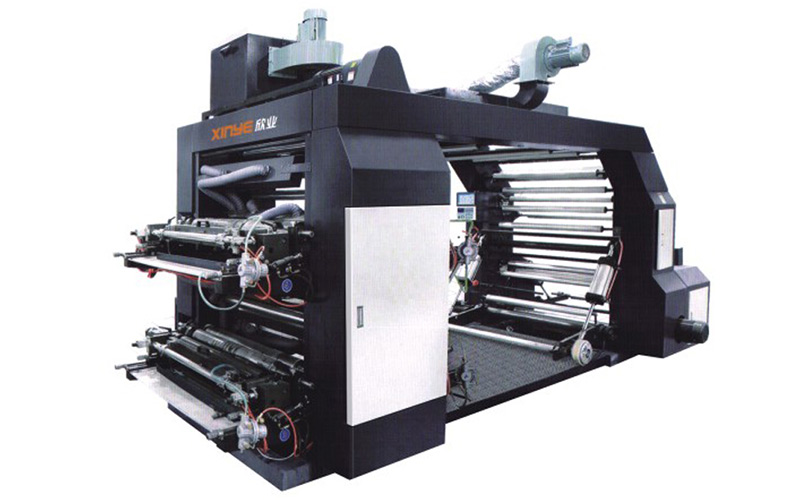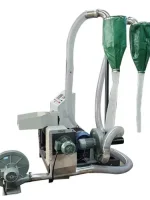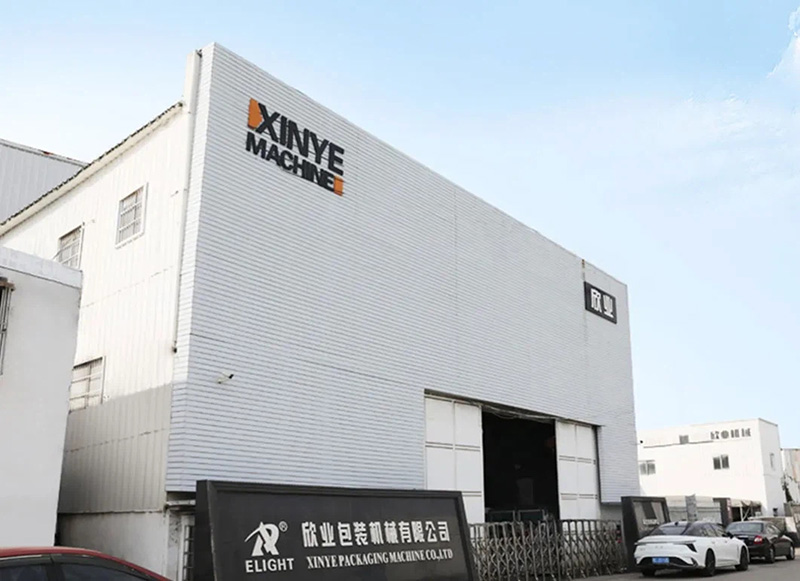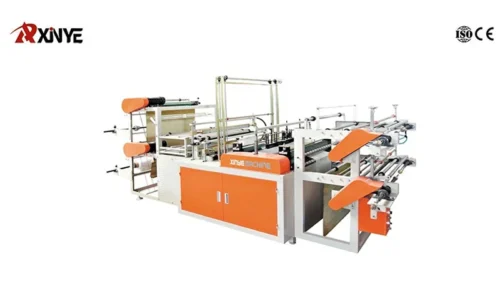In modern plastic film production, blowing film machines are crucial equipment. With technological advancements, high-speed blowing film machines have gradually become mainstream in the industry. But how do they differ from ordinary blowing film machines? This article delves into the core distinctions to help you choose the right equipment for your needs.
Production Efficiency Comparison
High-speed blowing film machines are renowned for their exceptional production efficiency. Equipped with advanced motor drive systems and intelligent controls, their production speed can be 2–3 times that of ordinary blowing film machines. This high efficiency directly reduces unit production costs, making them particularly suitable for large-volume orders.
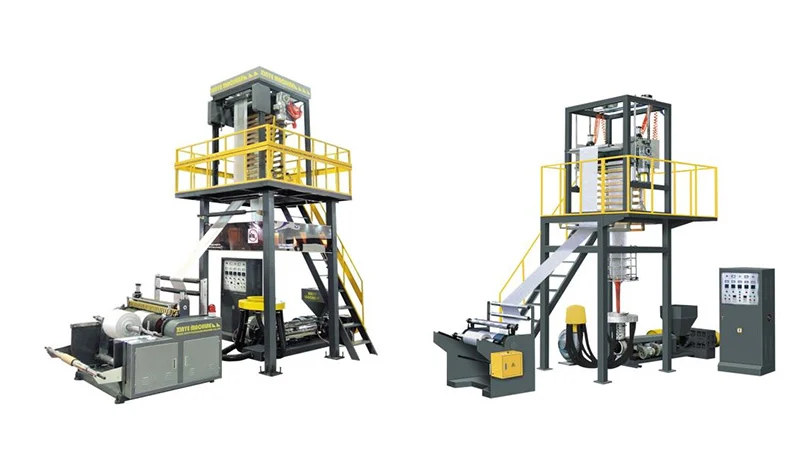
In contrast, ordinary blowing film machines are limited by their mechanical structure and control methods, resulting in slower production speeds. They are better suited for small-batch, multi-variety production models.
Energy Consumption Differences
In terms of energy efficiency, high-speed blowing film machines are typically equipped with servo energy-saving systems that automatically adjust power output based on production demands, significantly reducing energy consumption. Test data show that high-speed blowing film machines can save over 30% more energy compared to ordinary equipment.
Ordinary blowing film machines mostly use traditional motors, with relatively fixed energy consumption during operation and limited potential for energy savings.
Film Quality Differences
High-speed blowing film machines utilize precise temperature control systems and die designs to produce high-quality films with uniform thickness and high transparency. Additionally, their stable tension control systems ensure consistency in the physical properties of the films.
While ordinary blowing film machines can also produce qualified products, they fall short in terms of product consistency and high-end film production.
Automation Level
Modern high-speed blowing film machines integrate PLC control systems and human-machine interfaces, enabling fully automated production. Operators only need to set parameters, and the equipment can automatically complete the production process, greatly reducing labor costs and technical barriers.
Ordinary blowing film machines mostly rely on mechanical or basic electrical controls, requiring experienced operators to constantly adjust parameters to ensure product quality.
Investment Return Analysis
Although the initial investment for high-speed blowing film machines is higher, their high efficiency, low energy consumption, and stable product quality typically allow them to recoup the investment difference within 6–12 months. In the long run, their comprehensive economic benefits significantly outperform those of ordinary equipment.
While ordinary blowing film machines have lower purchase costs, their long-term operational costs are higher when factors such as production efficiency, energy consumption, and labor costs are considered.
Conclusion
When selecting a blowing film machine, enterprises should make decisions based on their production needs, budget, and development plans. For medium-to-large production enterprises pursuing high efficiency, quality, and cost-effectiveness, high-speed blowing film machines are undoubtedly the wiser choice. For small-scale, multi-variety, or special specification production needs, ordinary blowing film machines still have their place.
Regardless of the chosen equipment, it is advisable to purchase from reputable manufacturers to ensure equipment quality and after-sales service. If you are considering an equipment upgrade, feel free to learn more about our High-Speed Blowing Film Machine.We offer professional technical support and customized solutions.


